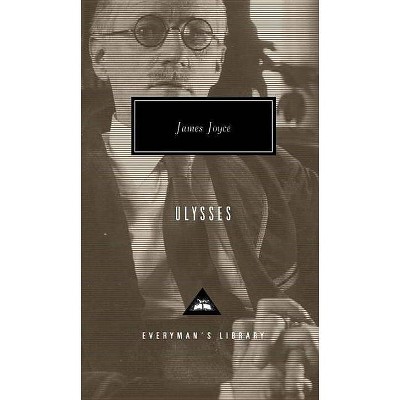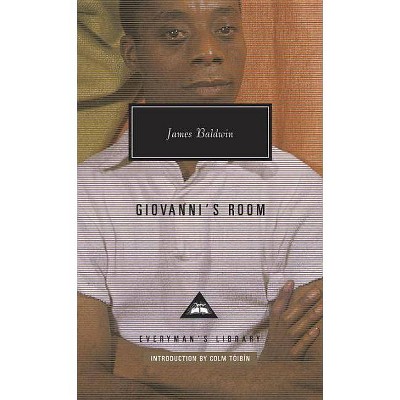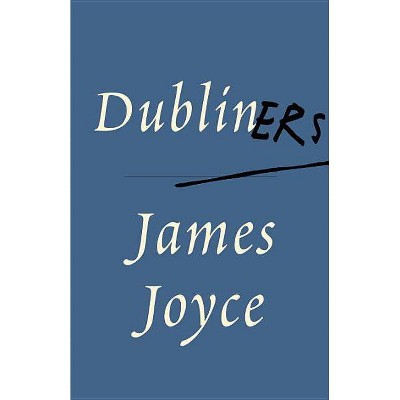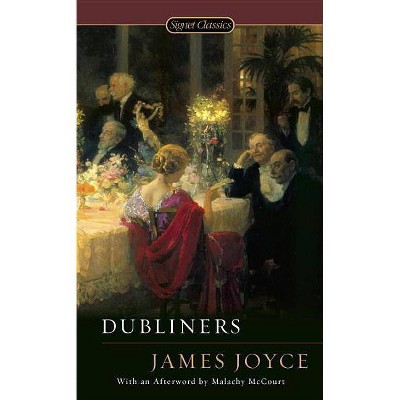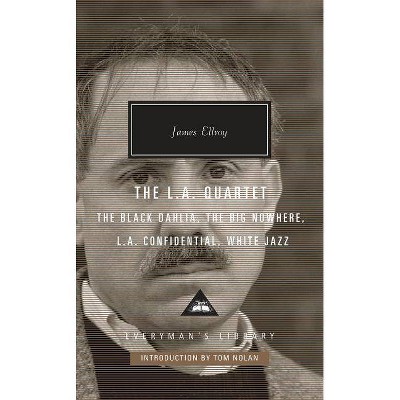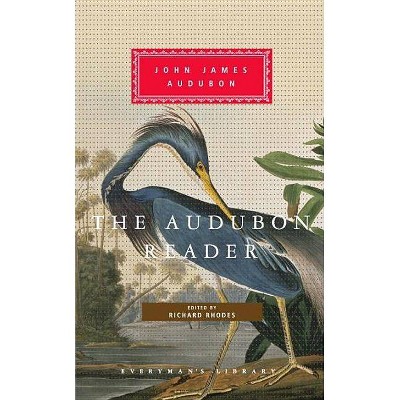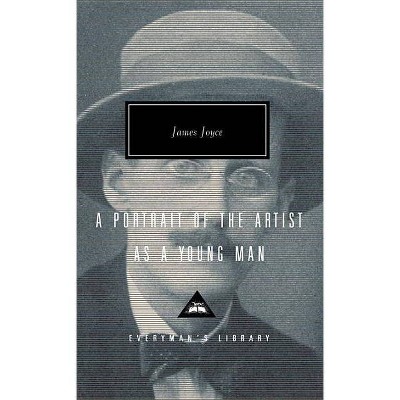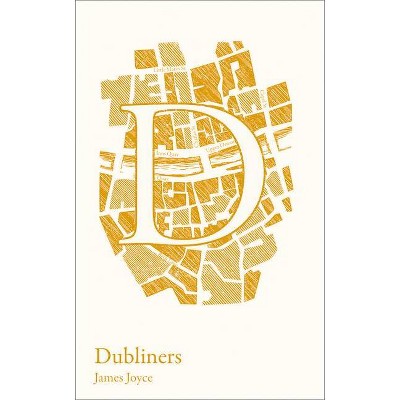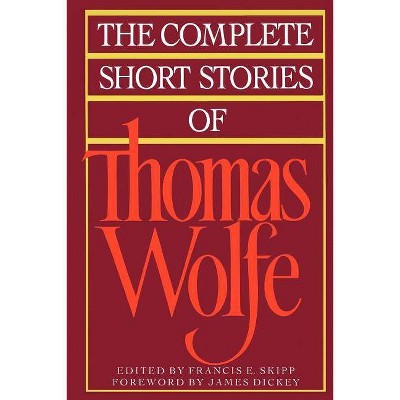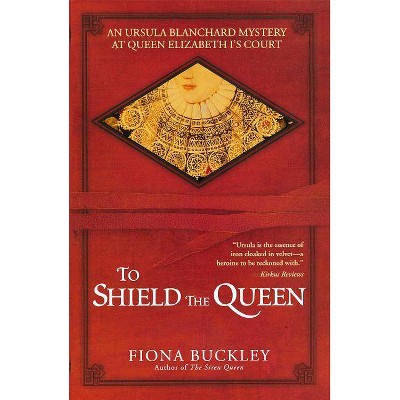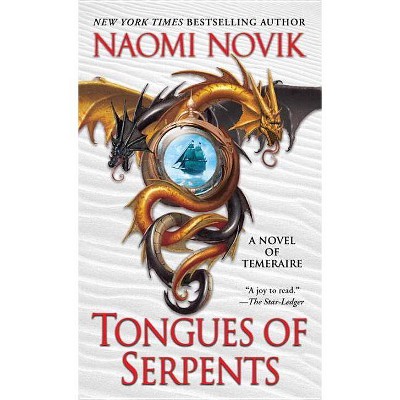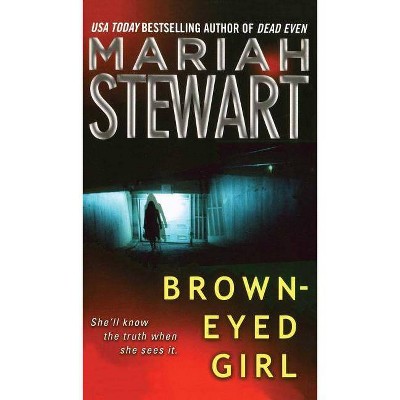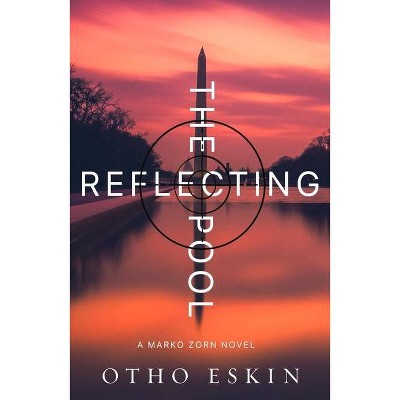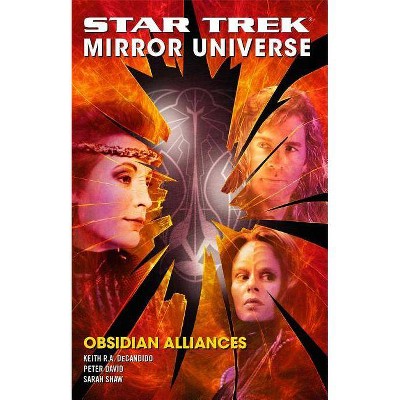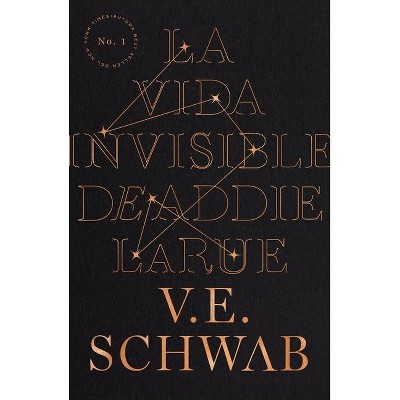Dubliners - (Everyman's Library Contemporary Classics) by James Joyce (Hardcover)
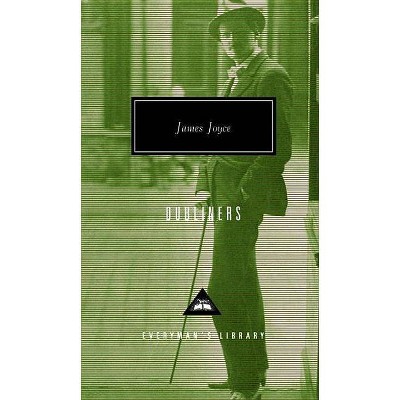
Similar Products
Products of same category from the store
AllProduct info
<p/><br></br><p><b> About the Book </b></p></br></br>In these masterful stories, steeped in realism, Joyce creates an exacting portrait of his native city, showing how it reflects the general decline of Irish culture and civilization. Joyce compels attention by the power of its unique vision of the world, its controlling sense of the truths of human experience.<p/><br></br><p><b> Book Synopsis </b></p></br></br><p>Though James Joyce began these stories of Dublin life in 1904 when he was twenty-two and completed them in 1907, their unconventional themes and language led to repeated rejections by publishers and delayed publication until 1914. In the century since, his story "The Dead" has come to be seen as one of the most powerful evocations of human loss and longing that the English language possesses; all the other stories in <i>Dubliners</i> are as beautifully turned and as greatly admired. They remind us once again that James Joyce was not only modernism's chief innovator but also one of its most intimate and poetic writers.</p><p> </p><p>In this edition the text has been revised in keeping with Joyce's wishes, and the original versions of "The Sisters," "Eveline," and "After the Race" have been made available in an appendix, along with Joyce's suppressed preface to the 1914 edition of <i>Dubliners</i>.</p><p/><br></br><p><b> Review Quotes </b></p></br></br><br>"In <i>Dubliners</i>, Joyce's first attempt to register in language and fictive form the protean complexities of the 'reality of experience, ' he learns the paradoxical lesson that only through the most rigorous economy, only by concentrating on the minutest of particulars, can he have any hope of engaging with the immensity of the world."-from the Introduction <p/>"Joyce renews our apprehension of reality, strengthens our sympathy with our fellow creatures, and leaves us in awe before the mystery of created things." -<i>Atlantic Monthly </i> <p/>"It is in the prose of <i>Dubliners</i> that we first hear the authentic rhythms of Joyce the poet...<i>Dubliners</i> is, in a very real sense, the foundation of Joyce's art. In shaping its stories, he developed that mastery of naturalistic detail and symbolic design which is the hallmark of his mature fiction." -Robert Scholes and A. Walton Litz, authors of <i>Dubliners: Text and Criticism</i> <p/>With an Introduction by John Kelly<br><p/><br></br><p><b> About the Author </b></p></br></br><b>The Modern Library</b> has played a significant role in American cultural life for the better part of a century. The series was founded in 1917 by the publishers Boni and Liveright and eight years later acquired by Bennett Cerf and Donald Klopfer. It provided the foundation for their next publishing venture, Random House. The Modern Library has been a staple of the American book trade, providing readers with affordable hardbound editions of important works of literature and thought. For the Modern Library's seventy-fifth anniversary, Random House redesigned the series, restoring as its emblem the running torch-bearer created by Lucian Bernhard in 1925 and refurbishing jackets, bindings, and type, as well as inaugurating a new program of selecting titles. The Modern Library continues to provide the world's best books, at the best prices.
Price History
Price Archive shows prices from various stores, lets you see history and find the cheapest. There is no actual sale on the website. For all support, inquiry and suggestion messages communication@pricearchive.us
